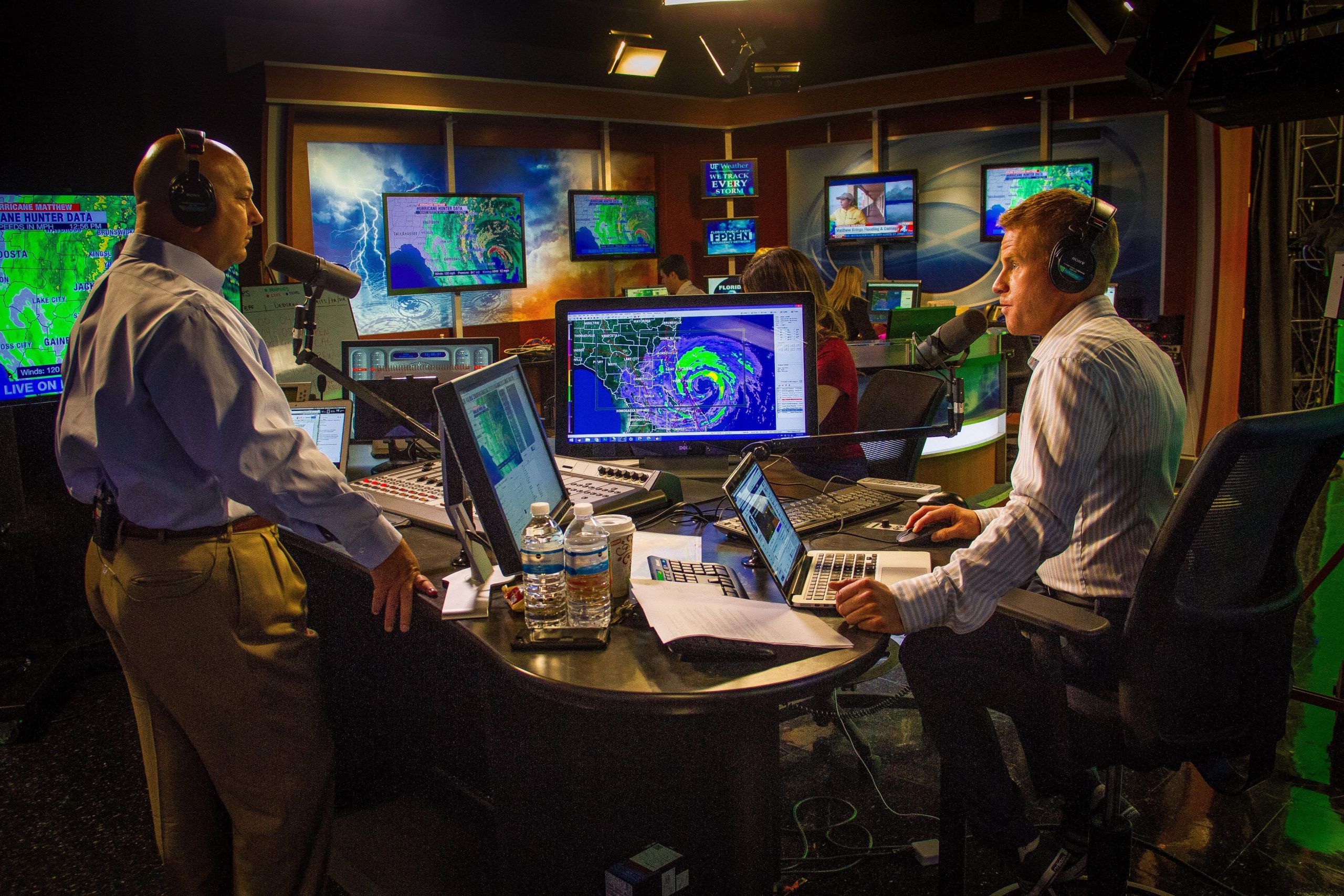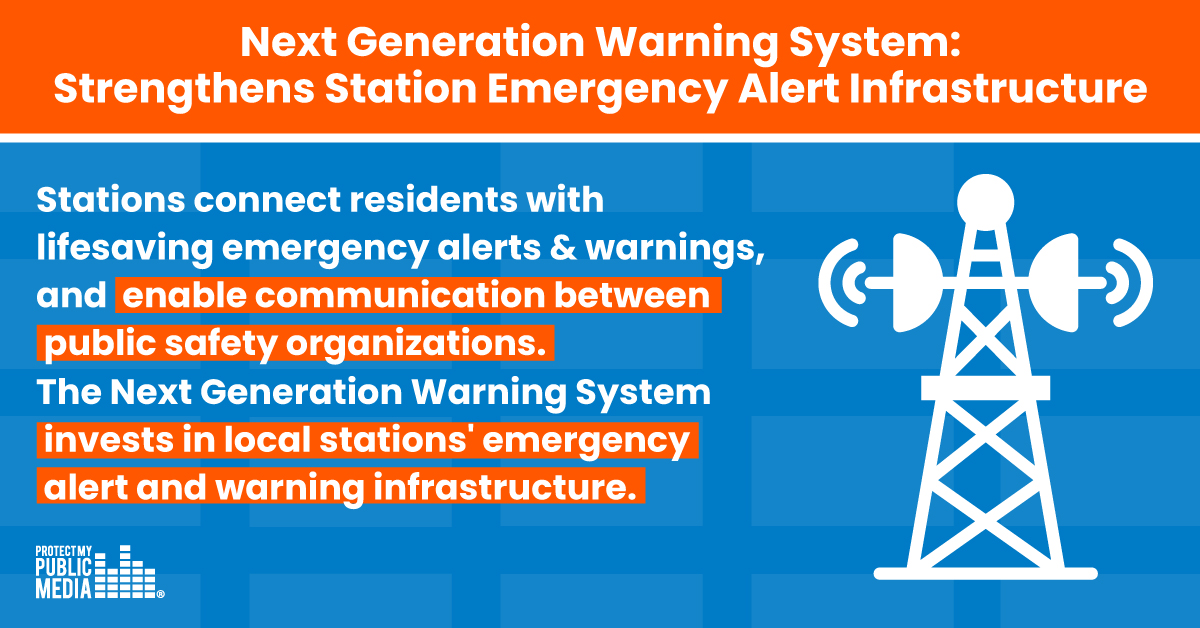
Local public media stations across the country are trusted partners, working with public safety officials, law enforcement, schools, and others to provide real-time support in times of crisis.
Serving as the backbone of the Emergency Alert Service (EAS) and Wireless Emergency Alert (WEA) system, stations connect residents with national, state and local lifesaving emergency alerts and warnings, and enable communication between public safety, law enforcement and first responder organizations, even when the power is out.
The Next Generation Warning System, a competitive grant program within the U.S. Department of Homeland Security, enhances public media stations’ ability to transmit alert, warning, and interoperable communications and integrate emerging technology to increase security in communities nationwide.
Register your support for safer communities by asking Congress to provide Next Generation Warning System funding.
Public Media’s Public Safety Role
In addition to providing critical infrastructure for public safety agencies, public media stations promote safety and security in other ways.
The Public Radio Satellite System's MetaPub
The Public Radio Satellite System (PRSS)’s MetaPub allows public radio listeners to see image and text updates, like emergency alerts and weather warnings, in real-time on their mobile phones, “connected car” devices, HD radios, and online audio streams.
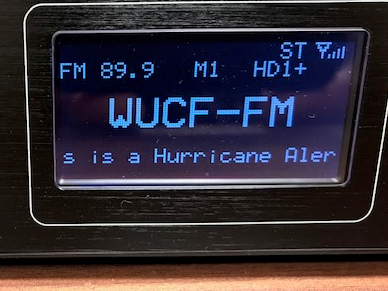
Datacasting
Public television stations have partnered with the U.S. Department of Homeland Security (DHS) to offer local first responders datacasting services that use existing station infrastructure and spectrum to help first responders send real-time, encrypted information and video to each other.
- Several successful pilots between stations and DHS’s Science and Technology Directorate have demonstrated the effectiveness of these services for flood warning and response, enhanced 911 responsiveness, faster earthquake warnings, interoperability, rural search and rescue, large event crowd control, and school safety.
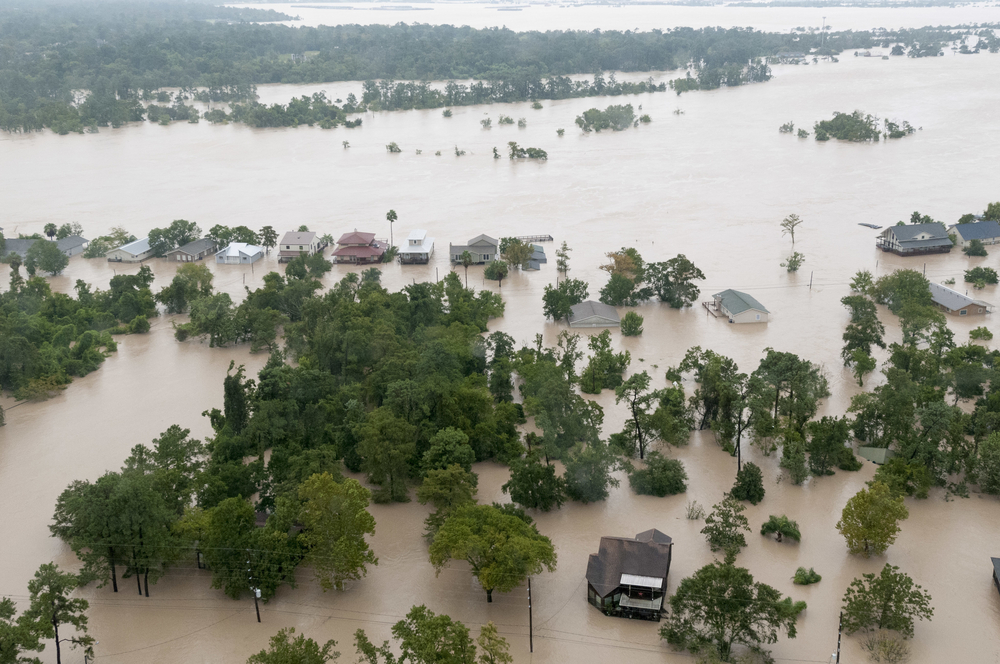
Regional Emergency Networks
Nationally recognized regional networks, like the Florida Public Radio Emergency Network (FREN) and the SC Emergency Information Network, are essential resources for delivering up-to-the-minute public safety content on-air, online through public radio stations’ local digital and social media platforms, and via a mobile app to local residents.
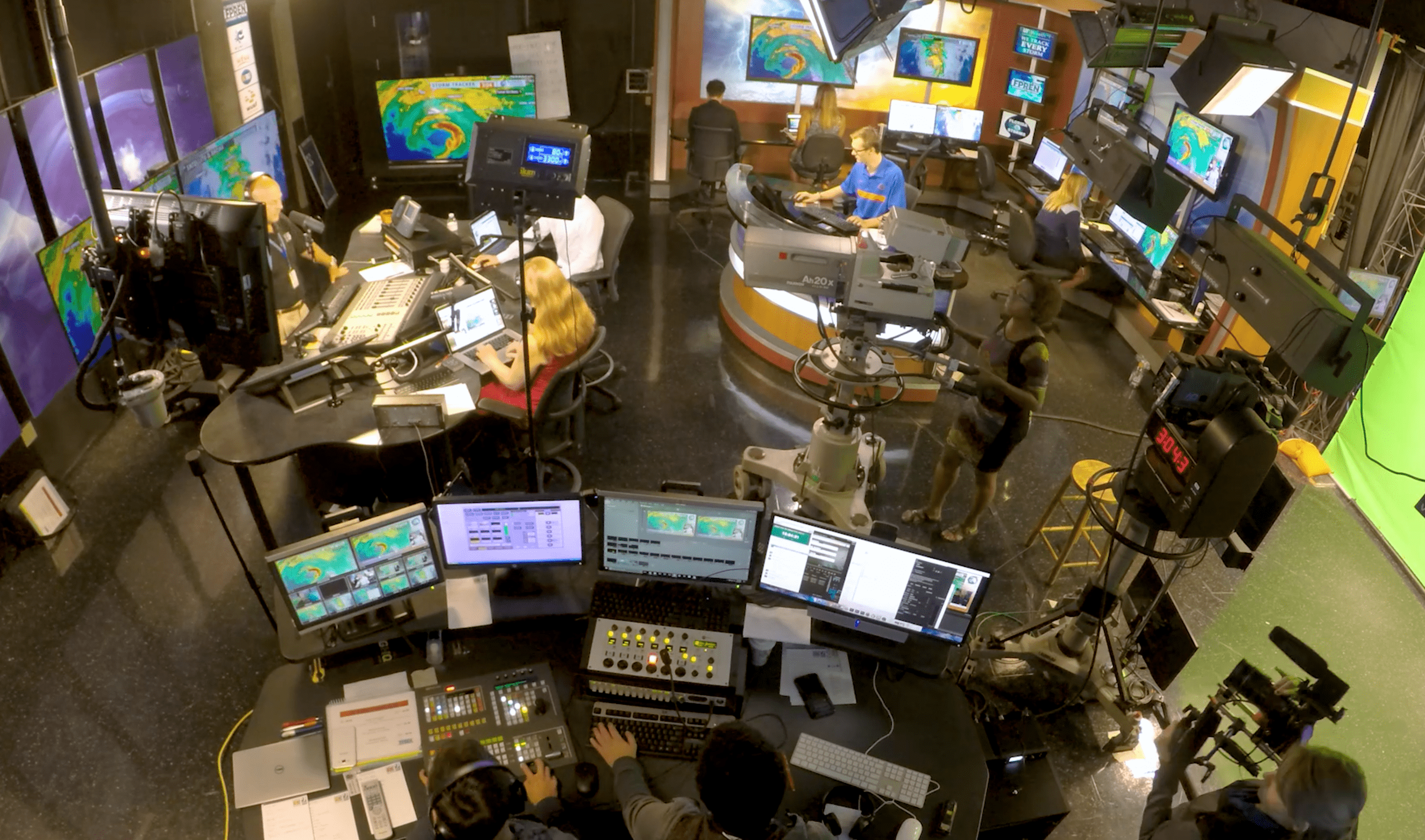
The Value of the Next Generation Warning System
Investing in public media’s public safety infrastructure will make American communities safer and more secure. Public media stations are the only communication system that reaches almost every community in the nation.
Strengthening stations’ infrastructure would improve our emergency preparedness and response and build on existing public safety partnerships that address a wide range of issues – from weather events to school shootings. Ultimately, all of these efforts have and can save even more American lives.
